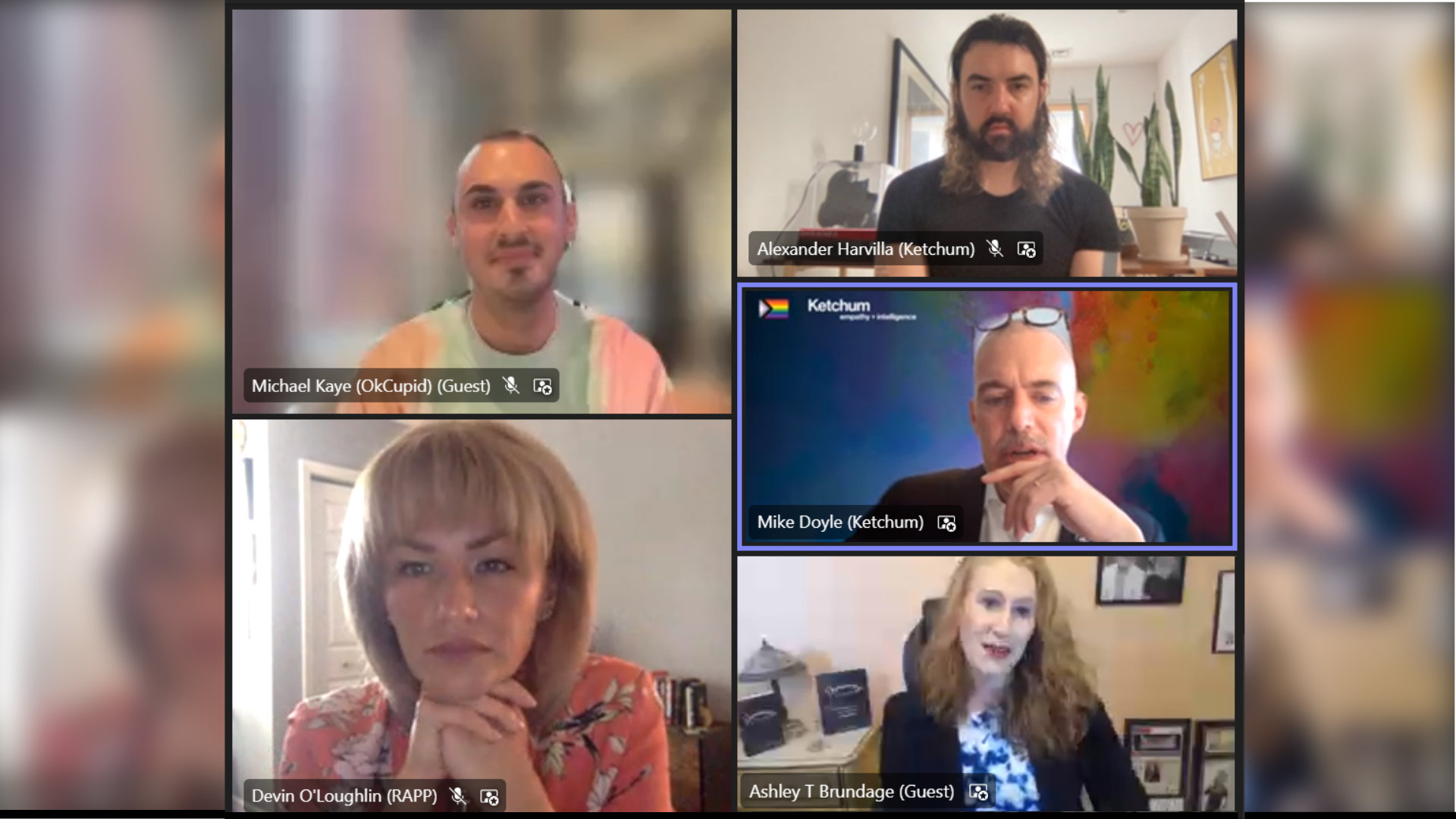The one-year anniversary of the near-global shutdown for COVID-19 has been a moment to reflect: on lives lost, on the promise of medical science and on a year of resilience. It’s also been a time to look ahead at how changes in our lives will impact business, the workplace and the role of communications.

Executives and communications professionals at companies and agencies are facing a new reality in our worlds. In one eye-opening statistic from Ketchum’s just-released New Essentials study of employees one year into the pandemic, 66% of people now working from home want to continue that practice even after it’s safe to return to the workplace. So even as we ease slowly back to a less isolated environment, recognizing we are headed toward a workplace that is a hybrid of the past and present will help us all up our game. Here are five areas I believe will require us to adapt communications strategies from the pandemic into the long-term:
Virtual News Events are Here to Stay
If you haven’t already, it’s time to perfect your ability to host virtual news events. Ketchum consumer media guru Erica Saviano Tsioutas recently told me about a highly successful virtual “deskside” media briefing for a client. The in-person version had long been a tool to build relationships and tee up important stories for a brand with news outlets most important to them, though some journalists had begun to value the interactions less. Enter March 2020. For most journalists, the newsroom became virtual as in-person reporting grew more limited. Since then, we’ve been creating virtual news conferences, media tours and one-on-one visits with strong results. As journalists return to a hybrid newsroom while continuing to work sometimes from home, expect them to further value these virtual news events as a means to do their job in a way they are most comfortable with. And, as Erica points out, they come free from the stress of NYC traffic.
Prepare for News on Demand
The news business, and those of us in media relations, adapted quickly when it came to meeting the demands of the news cycle without meeting in person. Broadcast journalists, who used to reject anything less than an in-person interview, now realize the value of remote web interviews that provide nearly the same quality, embracing Zoom and Teams as news-gathering tools. Brands that can provide quality visuals not easily obtained by media will continue to see more traction for those assets. Companies that create their own virtual newsrooms and train spokespeople to meet this new demand are more likely to increase their share of voice. Contact Dorothy Carter or me if you would like customized media training for the hybrid future of news gathering.
Be Ready to Present from Anywhere
As we first noted in May of last year, the ability to present from anywhere became crucial for executives and others used to in-person presentations for employees, investors and customers. While those in-person opportunities will return, we expect another 12-18 months of virtual or partially virtual events. It’s likely that, given time, expense and growing comfort with virtual technology, remote presentations will be part of the permanent normal for most executives and sales teams. In our training “Presenting from Anywhere,” we help executives tackle the nuances of body language, presentation setup and audience engagement tools needed to make up for what’s lost when we’re not in the same room together.
Embrace Virtual Platforms for Consultants
As an issues counselor, the pandemic’s increased reliance on virtual meeting platform like Teams, Zoom, Google Meet and others has brought me immediately closer to my clients. Prior to last year, a headquarters-centric client would hold daily or weekly action meetings in their conference room and either include us on the phone (at less than equal footing) or call us afterwards for counsel and action steps. With no one at headquarters, those meetings went to virtual platforms, and clients invited us in—and on equal footing. The result has been a true win-win, with clients getting the benefit of real-time counsel and our teams feeling more a part of our clients’ teams. The hybrid future, and the newly gained comfort with this technology, gives us the opportunity to do more together.
Build Employee Communications for the Future
A year of solving the challenges of employee communications in a remote world will keep paying off in the future. The results from our New Essentials study make it clear most workers are interested in returning to a different work pattern that will demand much different ways of communicating. As Tamara Norman and Lauren Butler pointed out in their recent blog post, there is not likely a one-size fits all solution. But embracing a “living workplace,” in which many people are working differently, will be vital for success.
This past year was a year of loss in so many ways. The loss of life, of jobs, of basic human interaction. It was also a year where some of us learned how to adapt more swiftly and sweepingly than ever before. What we learned can and should be applied to the future of our work as communication professionals, as much of it is here to stay. If you’d like to talk more about how we can help you navigate this hybrid world, just reach out.



